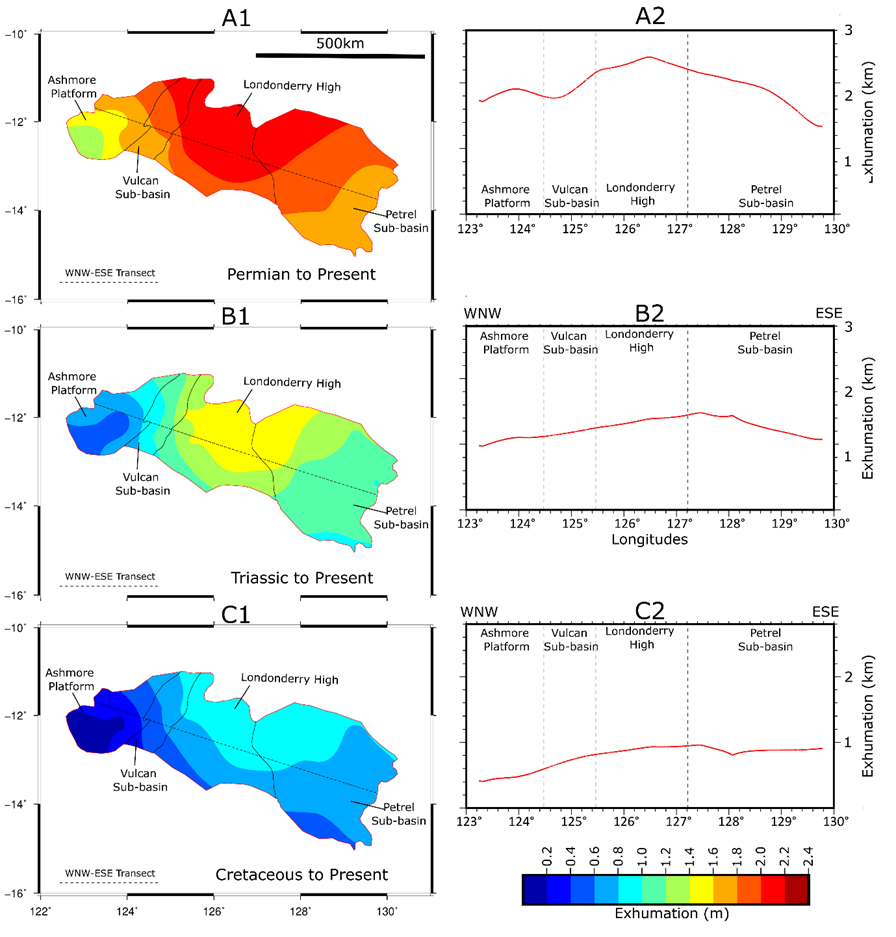Join us for an insightful session featuring Associate Professor Stuart Clark from UNSW Sydney’s School of Minerals and Energy Resources Engineering. In this event, he will delve into the fascinating realm of geophysical data interpretation and geological modeling, showcasing the integration of cutting-edge machine learning techniques and physics-based methodologies.
More details below:
Seminar Details:
- Date: Wednesday, August 30th, 2023
- Time: 11:30 am – 12:30 pm
- Location: Geoscience Conference Room 449 or
- Zoom Link: Register here
Machine learning applied to geophysical imaging and geological model development
Geophysical data has long been digital and building geological models from geophysical data is second nature to most geophysicists. More recently, a suite of machine learning methods have been applied to this problem, from seismic interpretation tasks, lithology classification and fracture identification in images. Such methods suffer from problems with over-fitting data or required retraining for different datasets. Physics-based machine learning and Bayesian methods are an attractive alternative that can make use of processes or inherent structures in the data. I will discuss how these methods might be used in the context of basin analysis and geodynamics with examples from the North West Shelf’s burial and exhumation history, with some illustrations in GPlates.
Bio
Stuart Clark is currently an Associate Professor in the School of Minerals and Energy Resources Engineering at UNSW Sydney. Stuart originally obtained his PhD from the University of Sydney in numerical modelling of back-arc basin development after being part of the original gplates development team and the translation of the isochron interpolation algorithms into modern c++ code. Subsequently, he moved to Norway and led several industry-funded R&D projects in plate tectonics and basin analysis, particularly related to software development, such as 4DPlates and the CoreModeller. Recently, his research interests have included the use of machine learning in developing geological models as well as the geodynamics of basin development.
![]()

